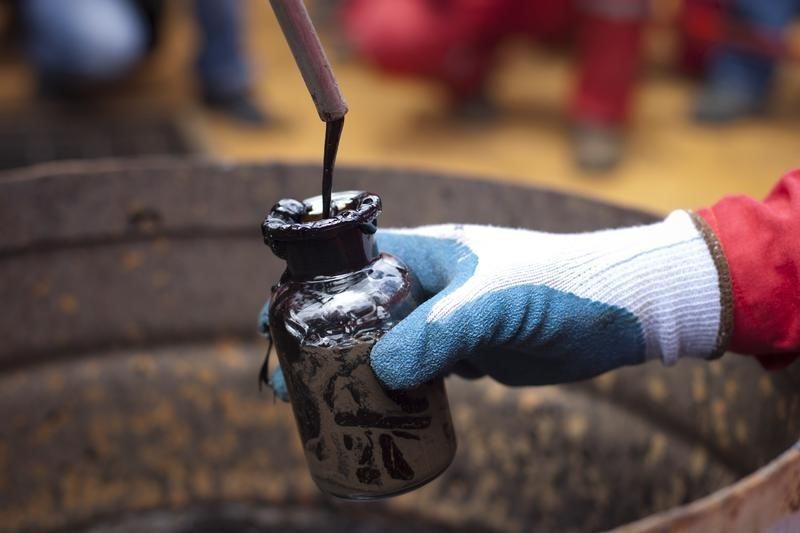Investing.com — The oil bull has come up for gasping for air after October’s sinking of crude prices — and isn’t finding relief from a Federal Reserve indicating that current US interest rates may not be high enough to effectively curb inflation.
The Fed is still quite some way from its 2% annual target for inflation, with latest data on US personal consumption expenditure standing at 3.4%. That suggested that another rate hike might come as early as December and was enough to send crude prices lower for a third day in a row.
New York-traded West Texas Intermediate, or WTI, crude for December delivery, settled at $80.44 per barrel, down 58 cents, or 0.7% on the day.
The slide added to WTI’s drop of more than 10% for October, which came at Tuesday’s close, as oil traders conceded that the Israel-Hamas war wasn’t really in a position to deliver a geopolitical risk premium for crude, given its virtually zero impact thus far on oil traffic out of the Middle East.
Earlier on Wednesday, the US crude benchmark rallied nearly 3%, attempting to move on from October, its worst losing month in five. Week-to-date WTI is down almost 6%, after last week’s loss of nearly 3%.
UK-origin Brent crude’s most-active January contract settled at $84.63, down 39 cents, or 0.5%. Like WTI, Brent, the global crude benchmark, fell more than 10% in October and is down 6% week-to-date.
The Fed is not sure if US interest rates are high enough to bring inflation back to its target of 2% per year, Chairman Jerome Powell told a news conference on Wednesday, indicating that the central bank might impose another rate hike at its December policy meeting.
“We are not confident policy is sufficiently restrictive,” Powell said after the Fed, at the end of its November policy meeting, opted to leave rates unchanged in a range of 5.25-5.5%. Prior to that, the central bank had raised rates 11 times between March 2022 and July 2023.
(Ambar Warrick contributed to this item)
